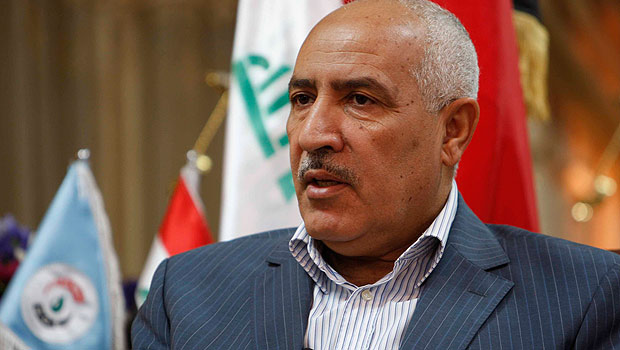Its offshore terminals are stretched to capacity and dilapidated. Its export pipeline to Turkey suffers frequent maintenance problems and is often bombed.
“We don’t deny that much of the oil infrastructure is old and it cannot work for long periods at maximum capacity,” Dhiya Jaffar said.
“If Iraq does not move fast to increase its export capacity we will face a problem, a big problem. It is at choking point.”
Iraq will need to invest billions of dollars in storage tanks, export terminals and pipelines after years of war, economic sanctions and decline. It is already short of cash and is grappling with a deficit.
One problem was the onshore export line between southern oil locations and Al Fao port, which may affect Iraq’s daily export plan, but not its monthly export schedule.
Output from Basra, Rumaila, West Qurna Phase One, Zubair and Majnoon — all being developed by international companies — in addition to smaller fields developed by Iraq alone, was around 1.920 million bpd,
Production from Rumaila, developed by British oil major BP and China’s CNPC, fell slightly earlier this year due to damage in some tanks and pipelines. Output was at 1.130 million bpd, he said.
Work to replace the damaged facilities would be completed by next month, he said.
“Our oil infrastructure is not running fully due to the lack of maintenance and the circumstances that Iraq went through,” he said.
“Now what is needed is to conduct maintenance work and replace some facilities, but this is not related to problems in executing the development plan for the field.”
BP said in January production increased by more than 10 percent above the 1.066 million bpd baseline rate agreed in December 2009.
Output from Rumaila reached 1.29 million bpd on Jan. 11, but it has fluctuated since then, according to official figures obtained by Reuters in March.
Other problems such as power instability and bad weather that sometimes halts exports were the cause of the fluctuations in Rumaila’s production, Jaffar said.
“There are no problems with the reservoirs and even no operational problems in the facilities,” he said.
Production from the field is expected to reach 1.4 million bpd at the end of this year, he said.
Rumaila, with 17 billion barrels in estimated crude reserves, is the workhorse of Iraq’s oil industry. The field has a global profile with its over a million barrels per day output — almost half of the OPEC member’s total production.
The Rumaila deal is one of a series Baghdad signed with foreign oil firms that could boost its output capacity to Saudi Arabia’s levels of 12 million bpd by 2017, but most analysts say 6-7 million bpd is a more realistic target.
Despite the bottlenecks, Jaffar believes Iraq would be able to raise output from its southern fields in Basra to 2.4-2.5 million bpd by end of 2011 and its export facilities would be in place on time to cope with the aniticipated hike.
Current production from West Qurna Phase One, developed by US major ExxonMobil, is 311,000 bpd and is expected to reach 450,000 bpd at the end of this year, while production from Zubair oilfield, developed by Italy’s ENI could exceed 350,000 bpd from 266,000 bpd now, Jaffar said.
Iraq’s current export capacity from Basra is 1.8 million bpd, he said. An project using chemicals to reduce friction in the pipelines and increase the ability to pump more crude through the southern pipeline, boosting its capacity from 1.6 million bpd before, he said.
Iraq has plans to enhance its export facilities and pipelines in Basra. The project includes installing offshore pipelines plus four single-point moorings (SPM).
The first stage of the project will add an extra 900,000 bpd in export capacity at the end of 2011.
“The (export) project until now is going according to schedule,” Jaffar said.
“We will be able to export the first drop from this project at the end of this year.”










